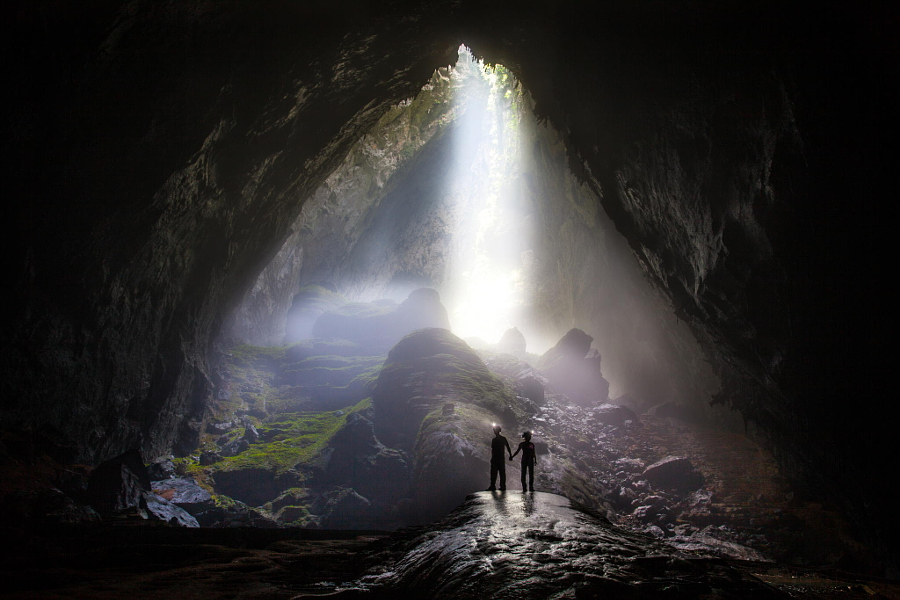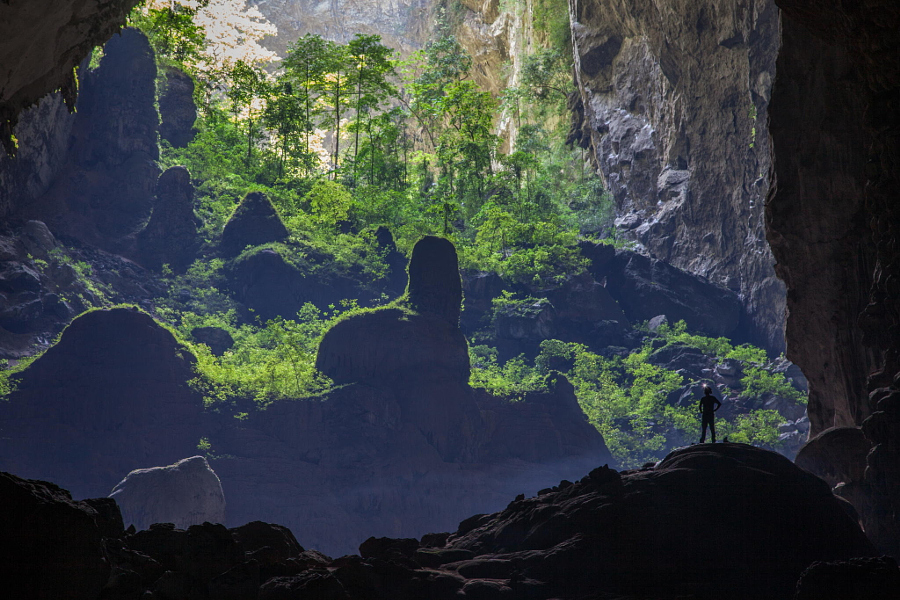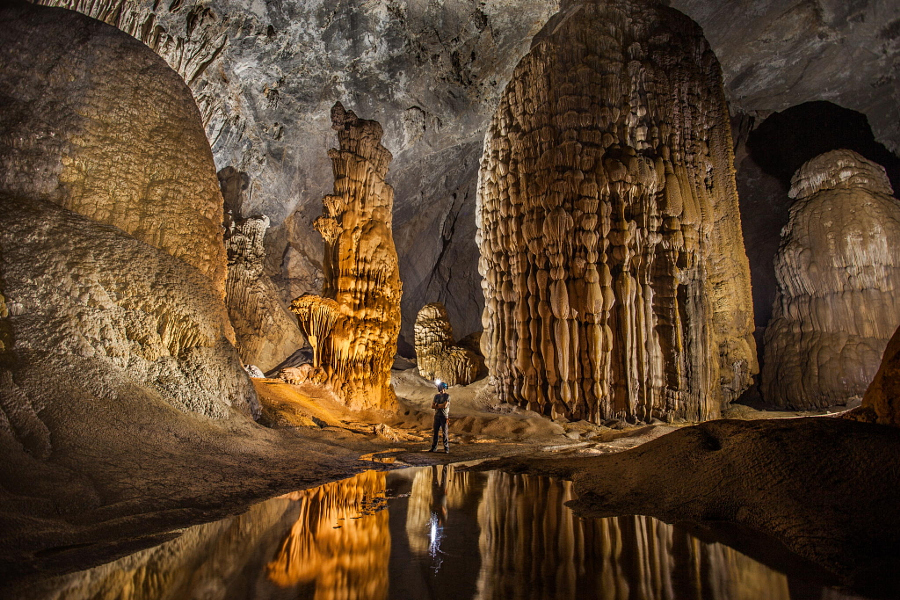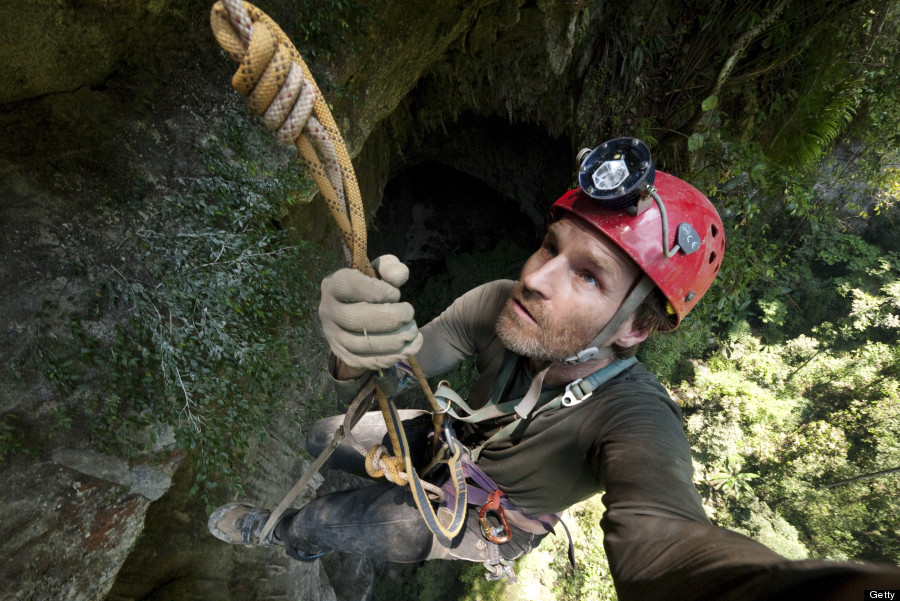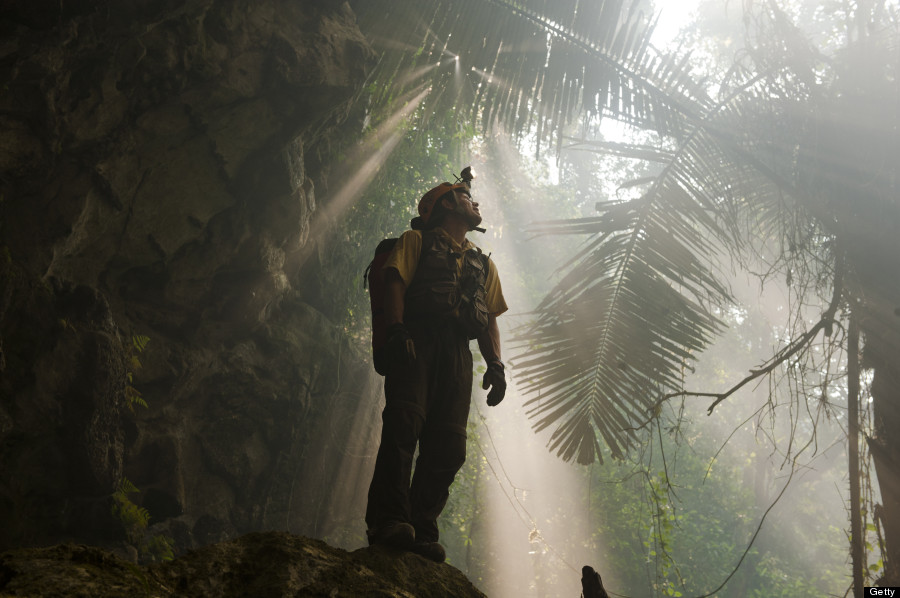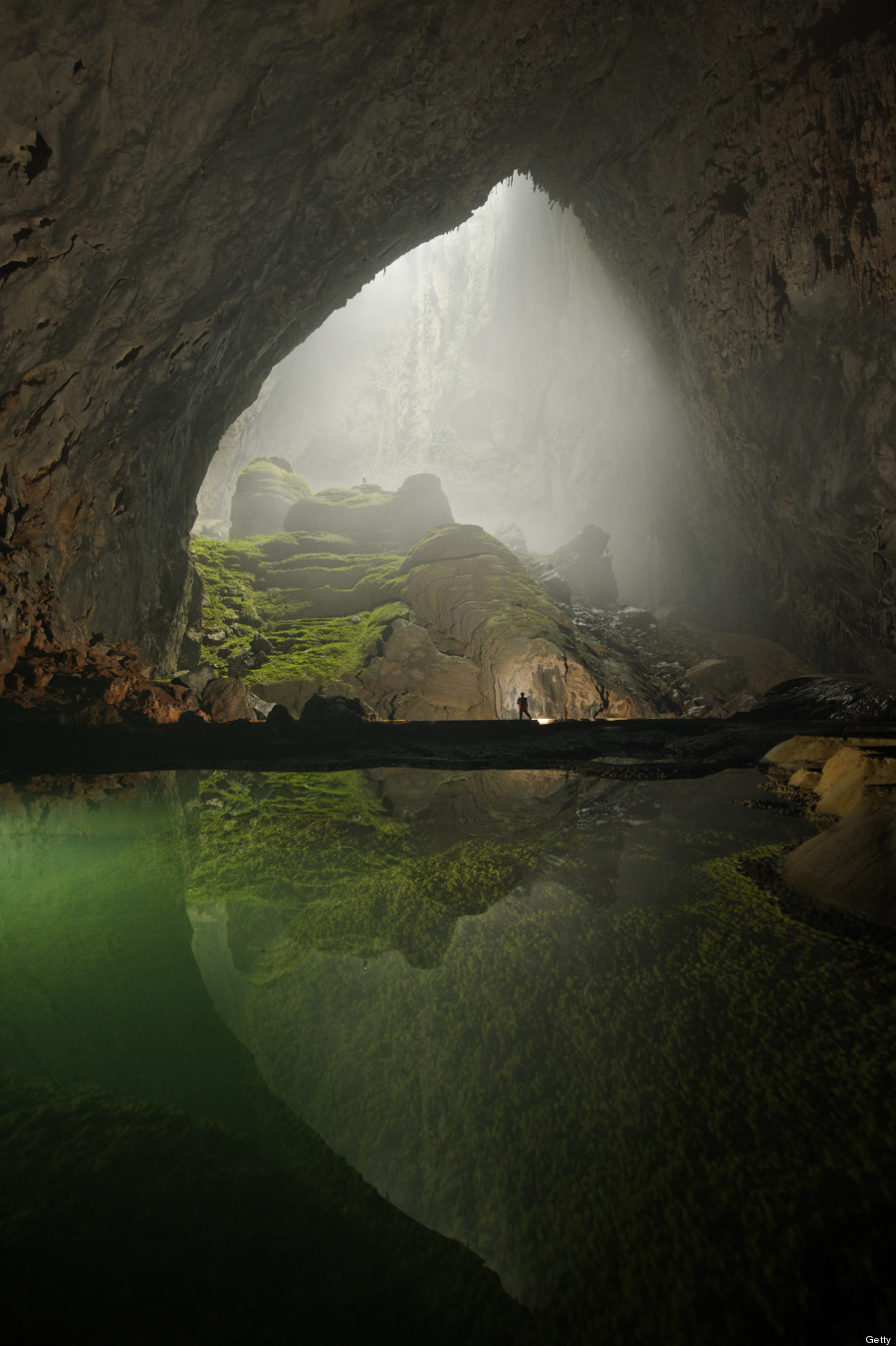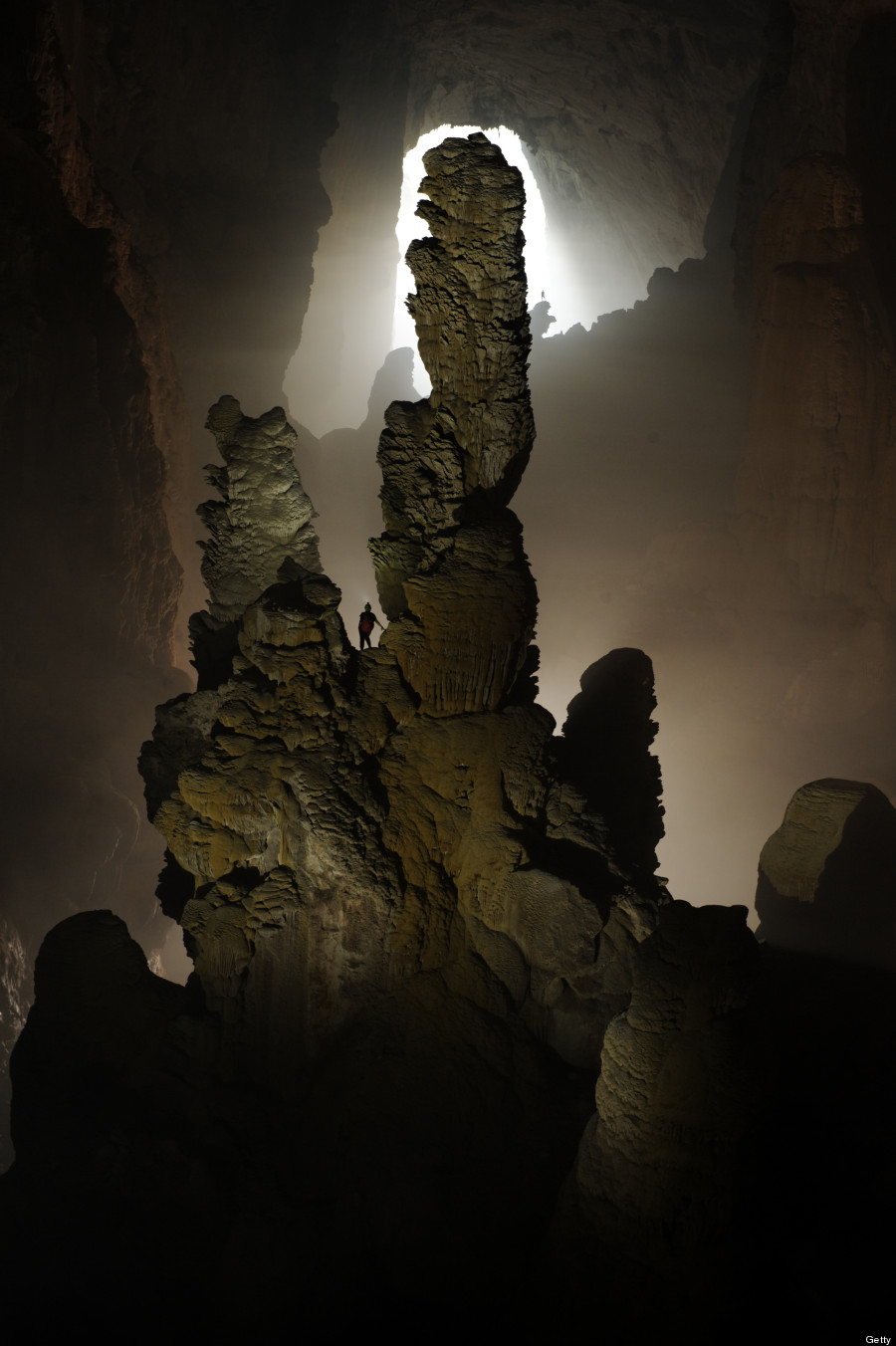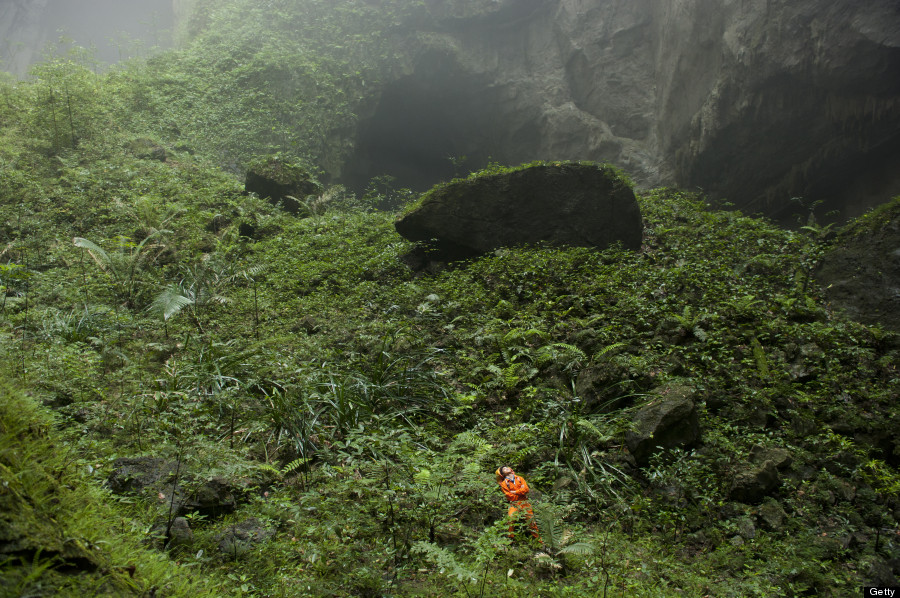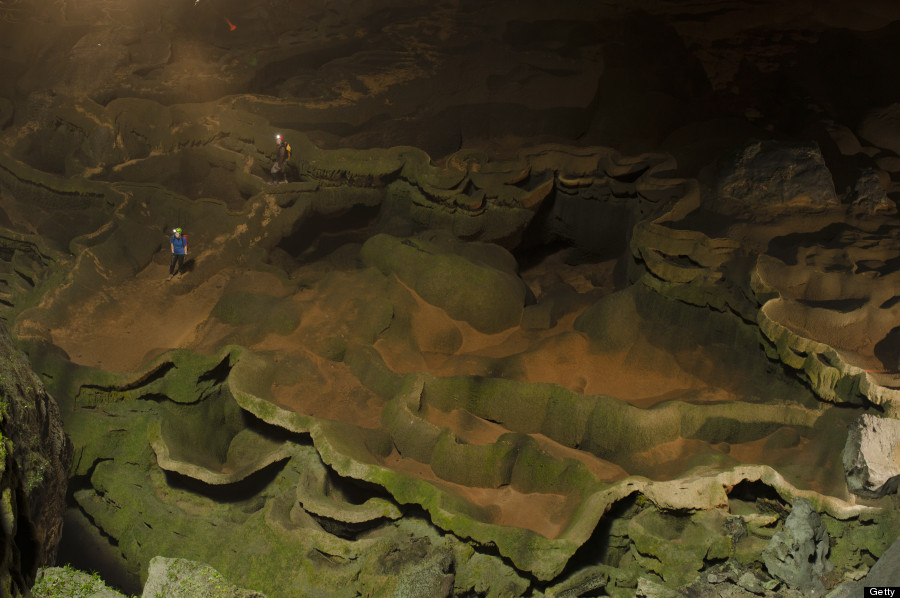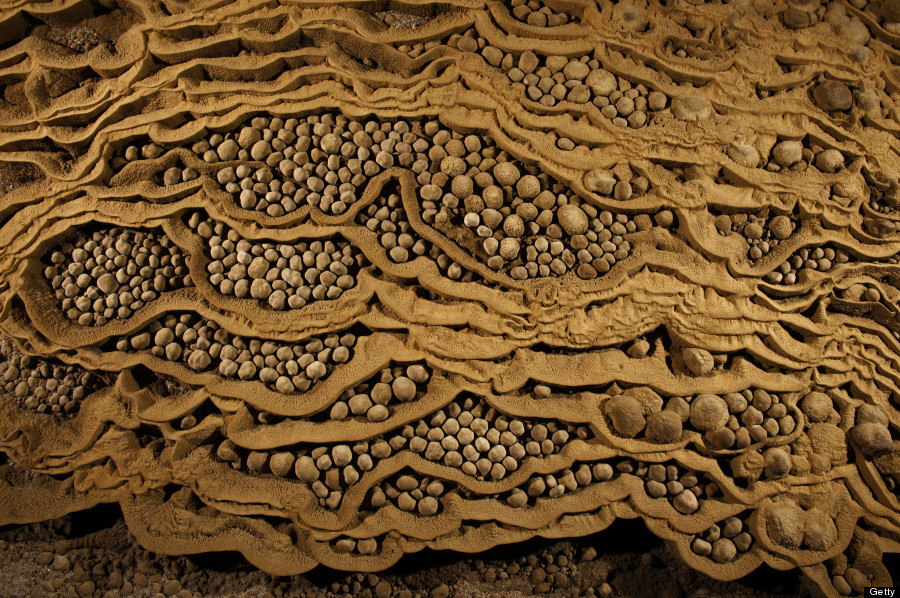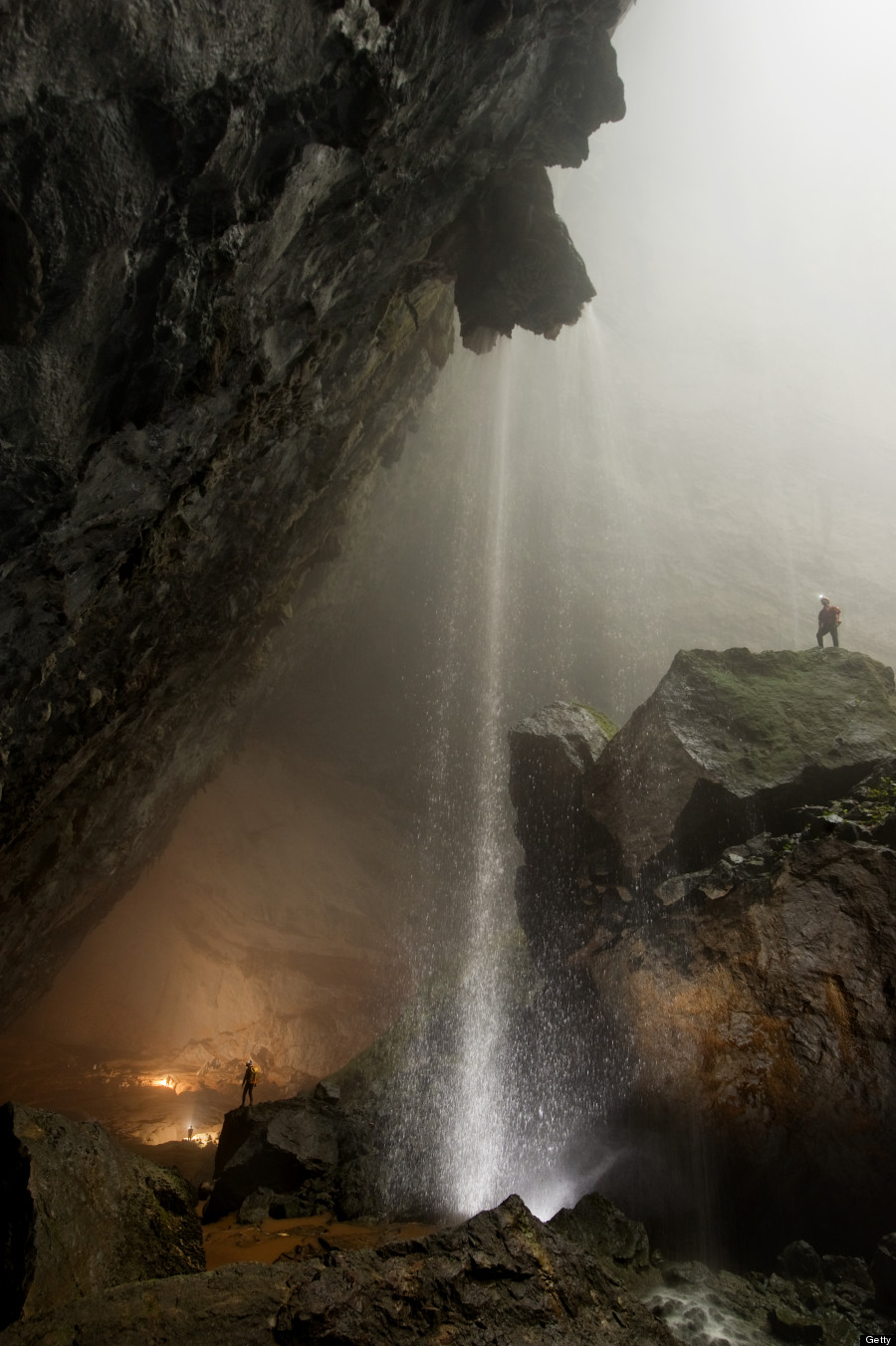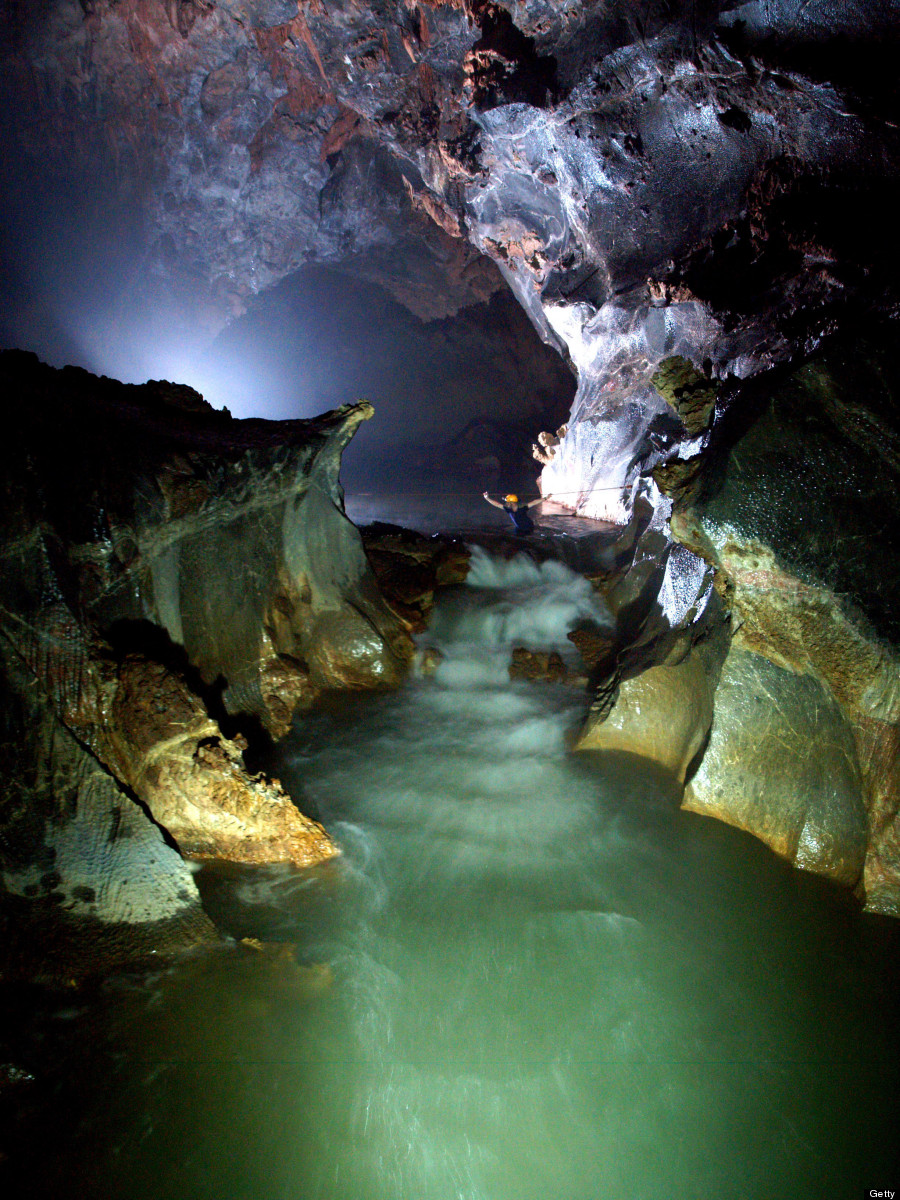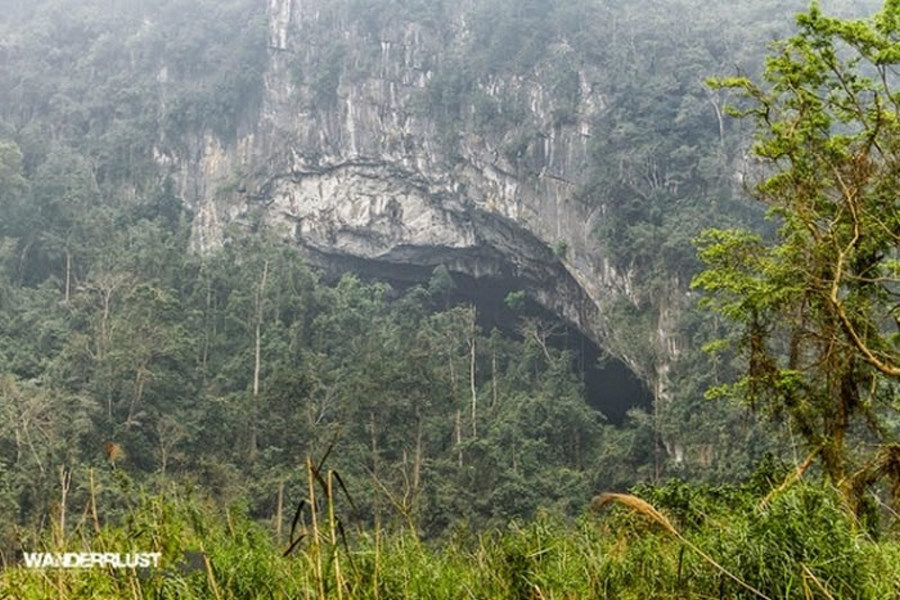
The Sơn Đoòng Cave in
Vietnam is the largest cave in the world. A tour inside the cave is
something extraordinary; it contains a jungle, a river and it has
plenty of room for a skyscraper with 40 floors!
The
enormous cave is located 280 miles south of the capital Hanoi, in the
Vietnamese national park Phong Nha-Kẻ Bàng. Tag along in this
underground world and be inspired by nature's beauty.
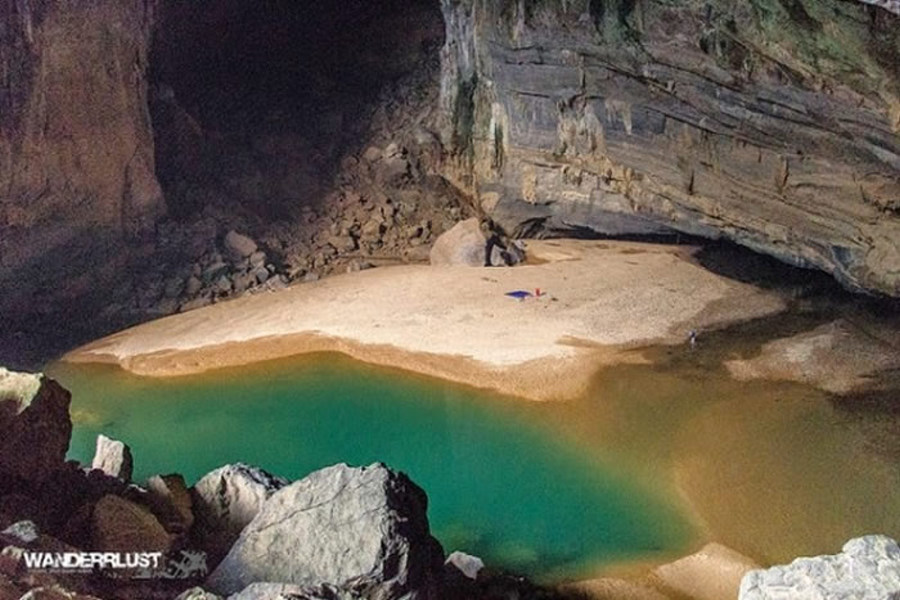
Hang Sơn Đoòng translates to
'mountain river cave' in Vietnamese. It was created 2-5 million years
ago by river water eroding away the limestone underneath the mountain.
It was found in 1991 by a local farmer named Hồ Khanh, but the first people who actually explored the cave were British experts in 2009.
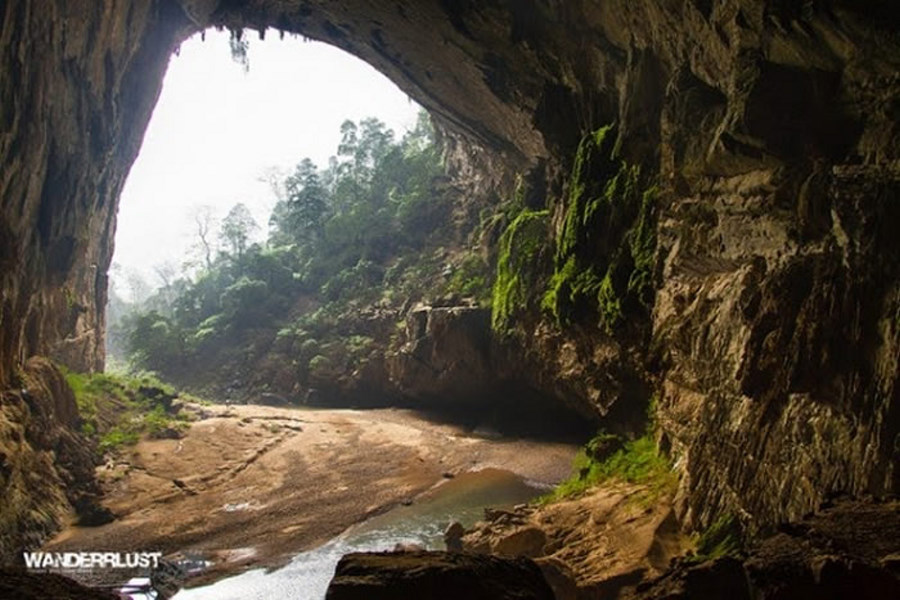
It was found in 1991 by a local farmer named Hồ Khanh, but the first people who actually explored the cave were British experts in 2009.

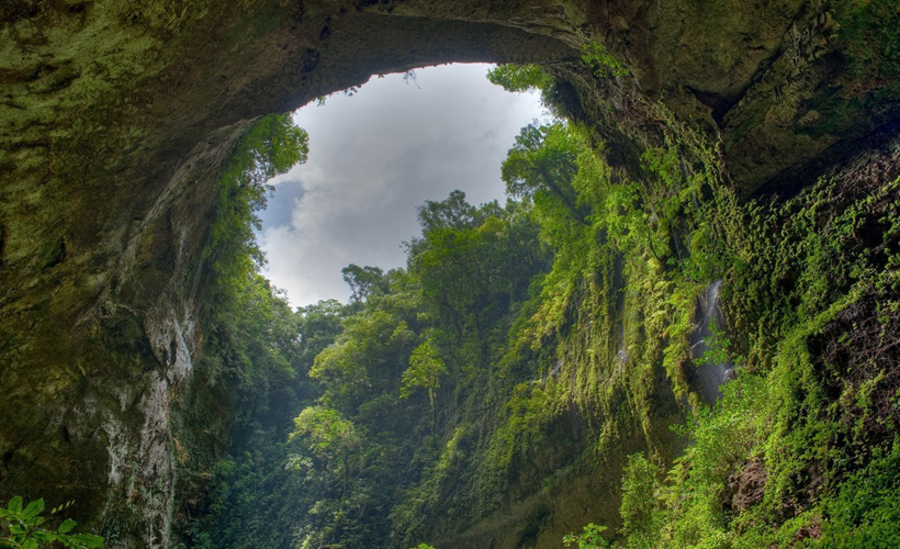
It contains its own animal life, lakes, rain-forest, beaches and a river.
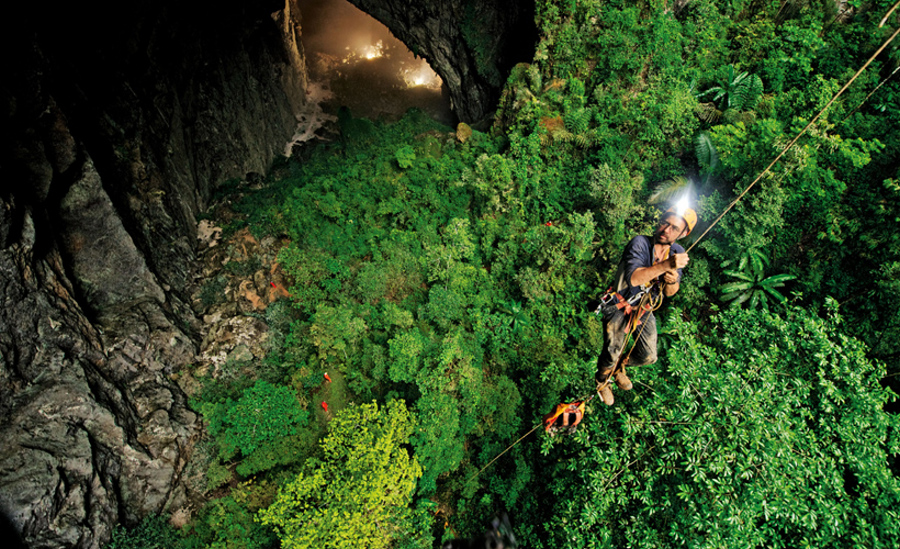
The roof of the cave collapsed centuries ago, allowing a lush jungle to take root.
Monkeys and flying foxes live in what explorers named the Garden of Edam.
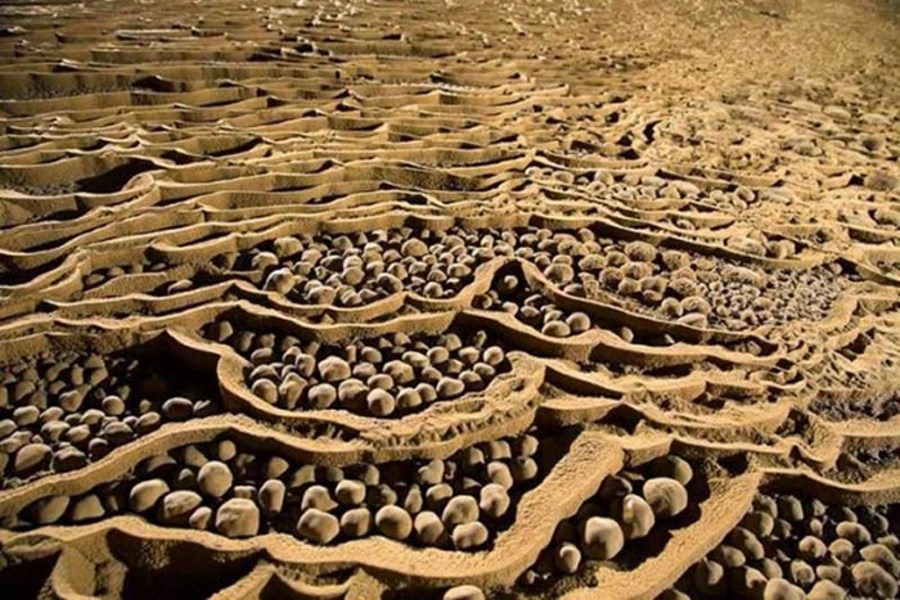
Son Doong is a jackpot of rare cave pearls. The pearls form over hundreds of years as water drips down,
dries up and leaves layers of calcite crystals on grains of sand.
The cave has also rare pearls that
are formed when water laden with minerals dripping from a cave's
ceiling, falls too quickly to form a stalagmite. Instead, the dripping
water forms a small ball of mineral deposits that grows into a small
mineral pearl.
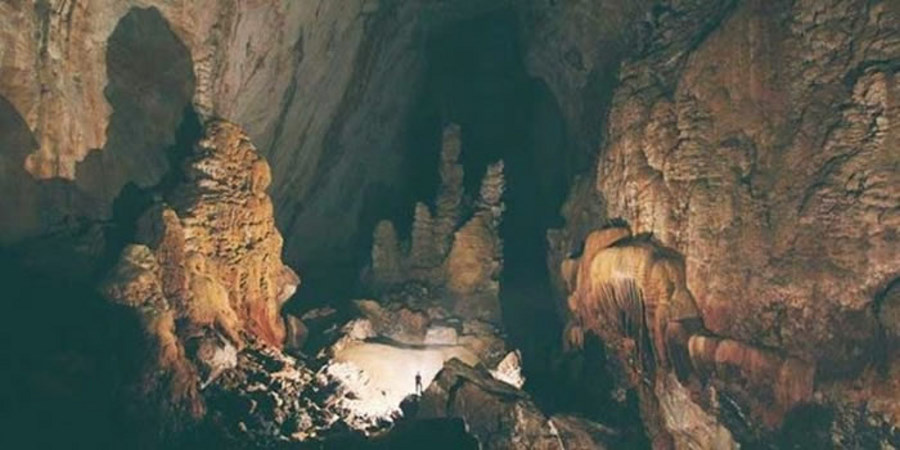
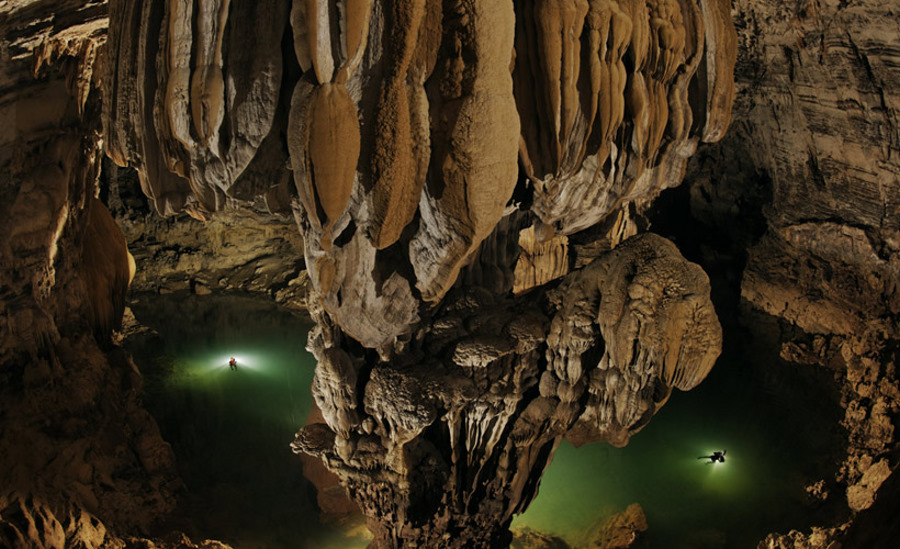
Many caves have relics from a prehistoric age, like statues or paintings on the mountain walls. But nothing compared to what has been found in Sơn Đoòng.
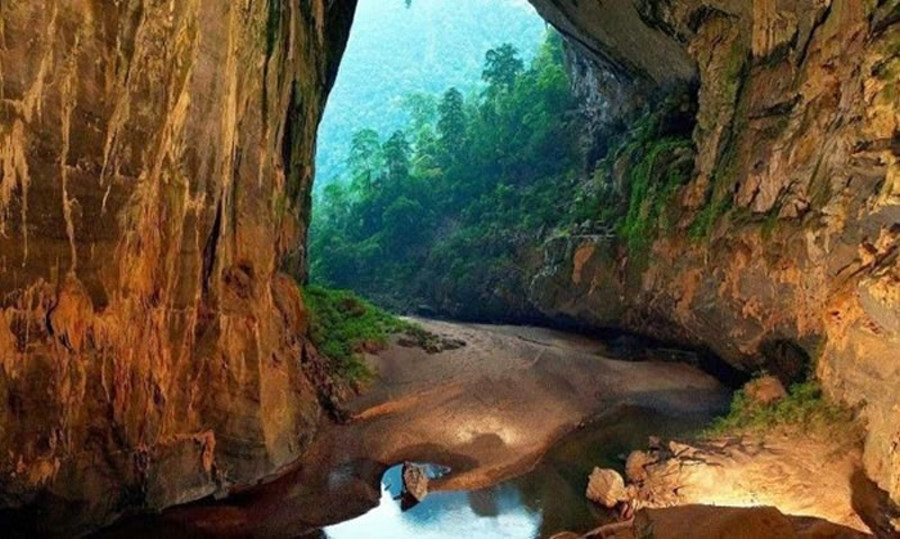
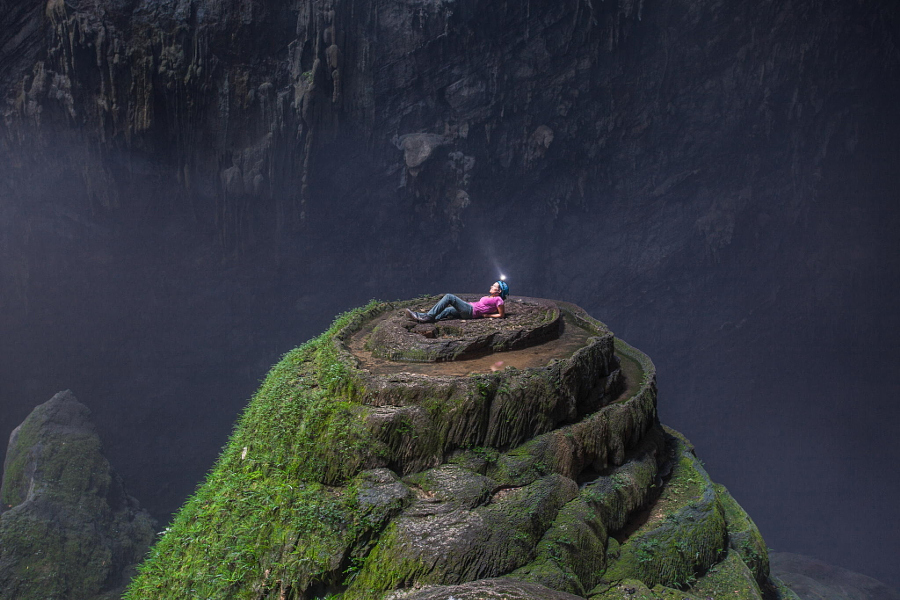
Hang Son Doong skyhole by John Spies
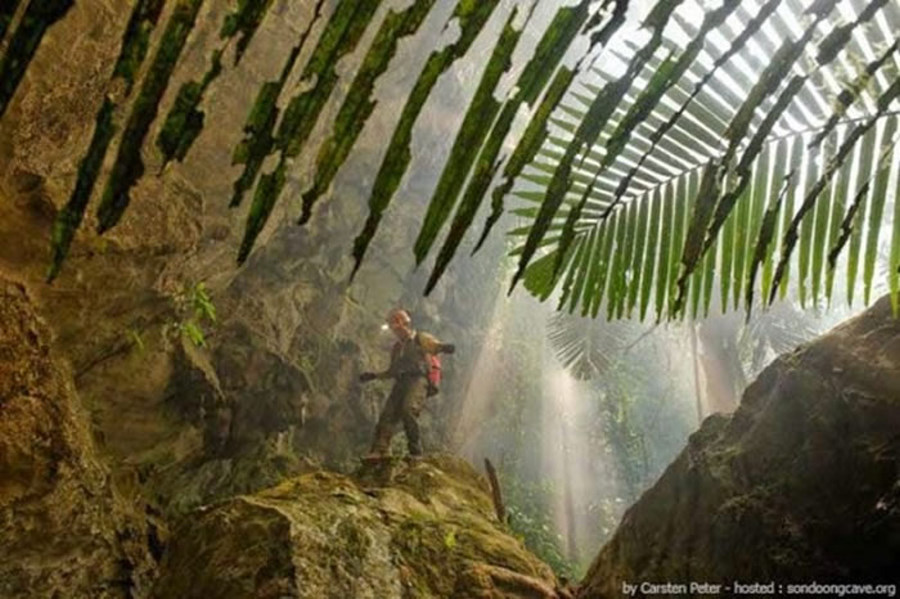
The first tourists visited the cave in 2013.
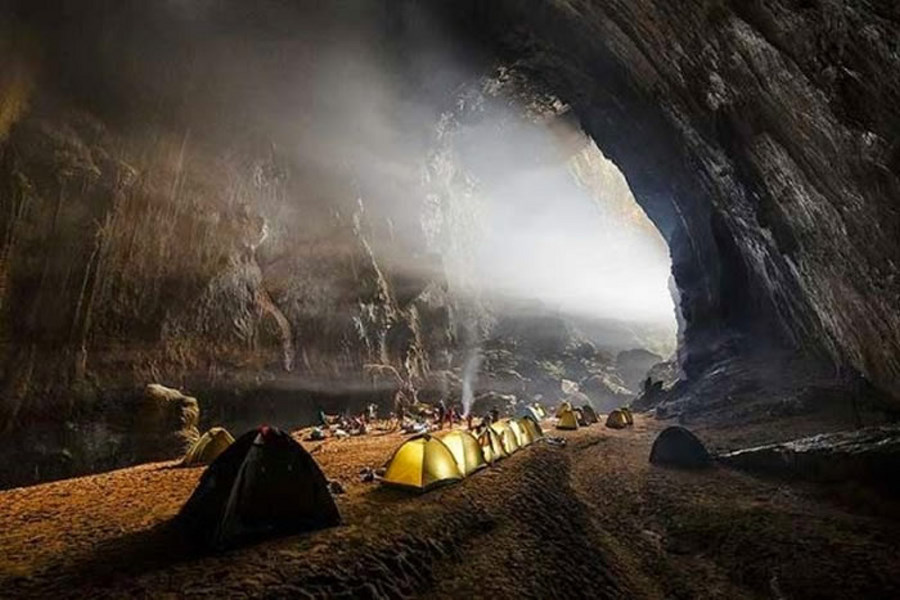
Guided tours are available. They last for 7 days and visitors can spend their nights camping inside the cave. The total cost per person is around $3,000.
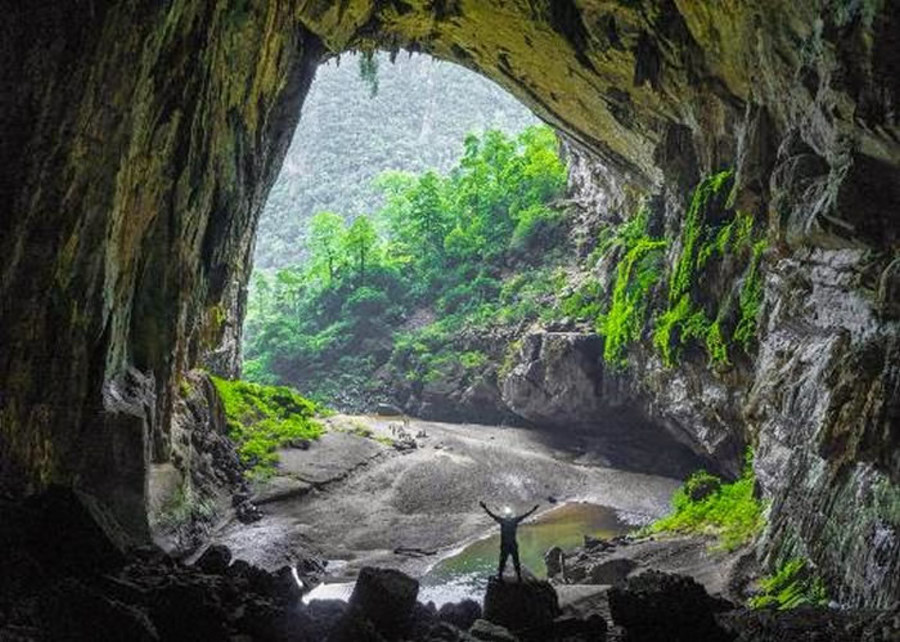
SOURCE: NAIJAPICKS
Son Doong
cave is World's largest cave, discovered in 2009
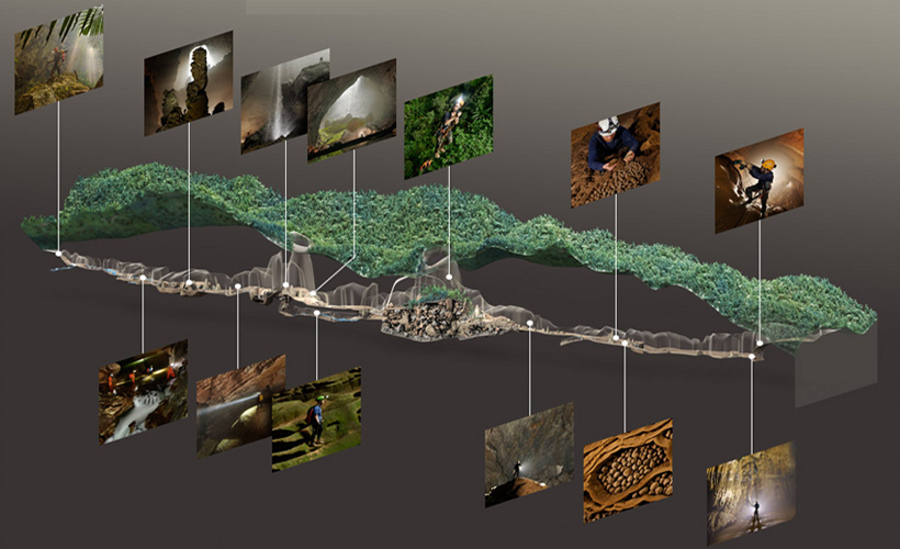
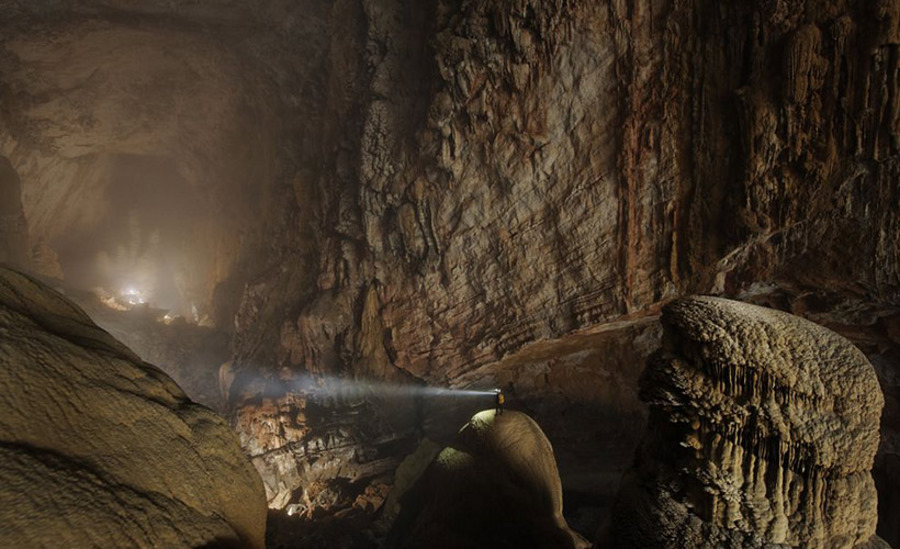
SonDoongCave.org - Amazing forest inside Son Doong Cave
BBC How To Grow A Planet
Published on
Jun 16, 2012
SOURCE: SonDoongCave.org
SonDoongCave.org - Son Doong
cave(Vietnamese: Hang Son Doong) is world's largest cave, located in
Quang Binh province, Vietnam. It is found by a local man named Ho Khanh
in 1991 and was recently discovered in 2009 by British cavers, led by
Howard Limbert
SOURCE: SonDoongCave.org




